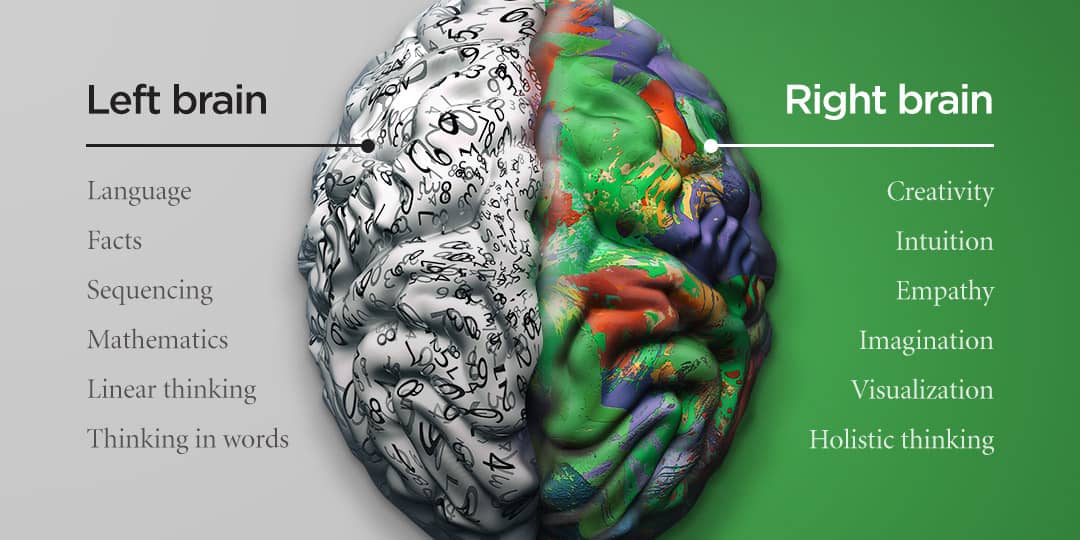
Don’t limit your personas to half a brain
The broad consensus is that personas are good things to have, but let’s face it, too often they look more like database entries (job title, industry, company size, etc.) than real people. They don’t elicit strong empathy or inspire design. In these cases, the personas are catering to left-brain thinking only. Why limit your efforts with only half a persona? You have a whole brain. You need a whole-brain persona.
Personas are tools
What is a persona? If asked for a definition, I might say that ‘A persona is an archetypical representation of a segment of your market.’ In fact, I’ve used this definition before. But, while technically correct, most definitions like this one exclude a really important concept: a persona is a tool. It is not created because it has intrinsic value; it’s created to help us do something.
While calling it a tool might seem trivial, it actually has significant implications. It shifts our approach from seeking THE best personas to seeking the best personas FOR YOU, given your goals and your situation. Just as you’d use a screwdriver to attach a screw, rather than a hammer, we should fit the tool to the job when it comes to personas as well.
Personas are falling short
There is a huge range of jobs that personas can help us with, including many jobs yet to be imagined. This is because personas are really storytelling vehicles. They have the power to evoke empathy and emotional understanding, while at the same time containing individual pieces of information to support more linear, rational thinking.
If we look at personas from a left vs. right brain perspective, something interesting happens. Granted, the way our brains truly work is much more nuanced, but this generalization highlights where personas are often deficient. In many organizations, personas adequately support left-brain thinking but fall short when it comes to inspiring design and innovation.

We need ‘whole-brain’ personas
Personas created to support left-brain tasks clearly have value. Elsewise, I suspect they wouldn’t be as prevalent as they are. However, if that’s all your personas can do (or if they only weakly cater to right-brain thinking) you’re missing out!
Great personas ‘personify’—they believably reflect a whole person. Beyond the demographics and firmographics found in a database, they include the emotional, motivational and aspirational elements that make people human. In effect, they give marketers, content creators and designers a unique and tangible human with whom they can engage.
This means adding elements that the right hemisphere craves, like realistic photos, distinct and believable full names, and story. Including story is extremely important because it helps us to understand how this collection of data, which makes up a persona, believably represents a human being. It also provides an example of how the persona will act in a real-world situation, creating a jumping-off point for anticipating his/her behavior in other situations, given the rest of the data encoded in the persona.
It’s the humanity and completeness of a persona that engages our imagination, allowing us to empathize and intuit. It’s this quality of ‘personification’ that turns a persona into inspiration for customer-centric experience design. It takes the type of thinking associated with both hemispheres to deliver an exceptional, customer-centric experience. It takes ‘whole-brain’ personas.
Interested in learning more about Quarry’s approach to personas? Need a ‘right’ half to your left-brain personas? Connect with Tony Mohr to discuss further.